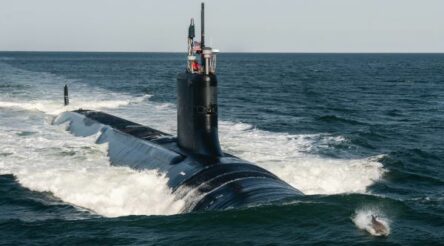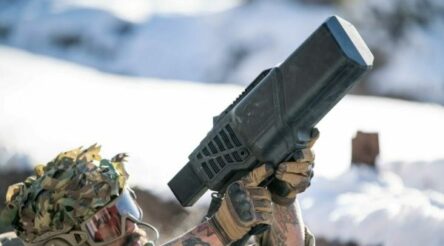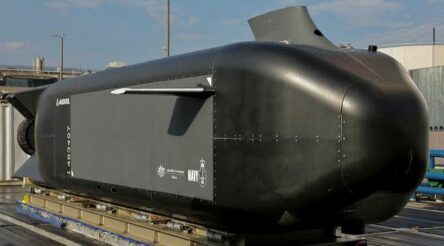Advanced Navigation aims to be first Australian to the Moon
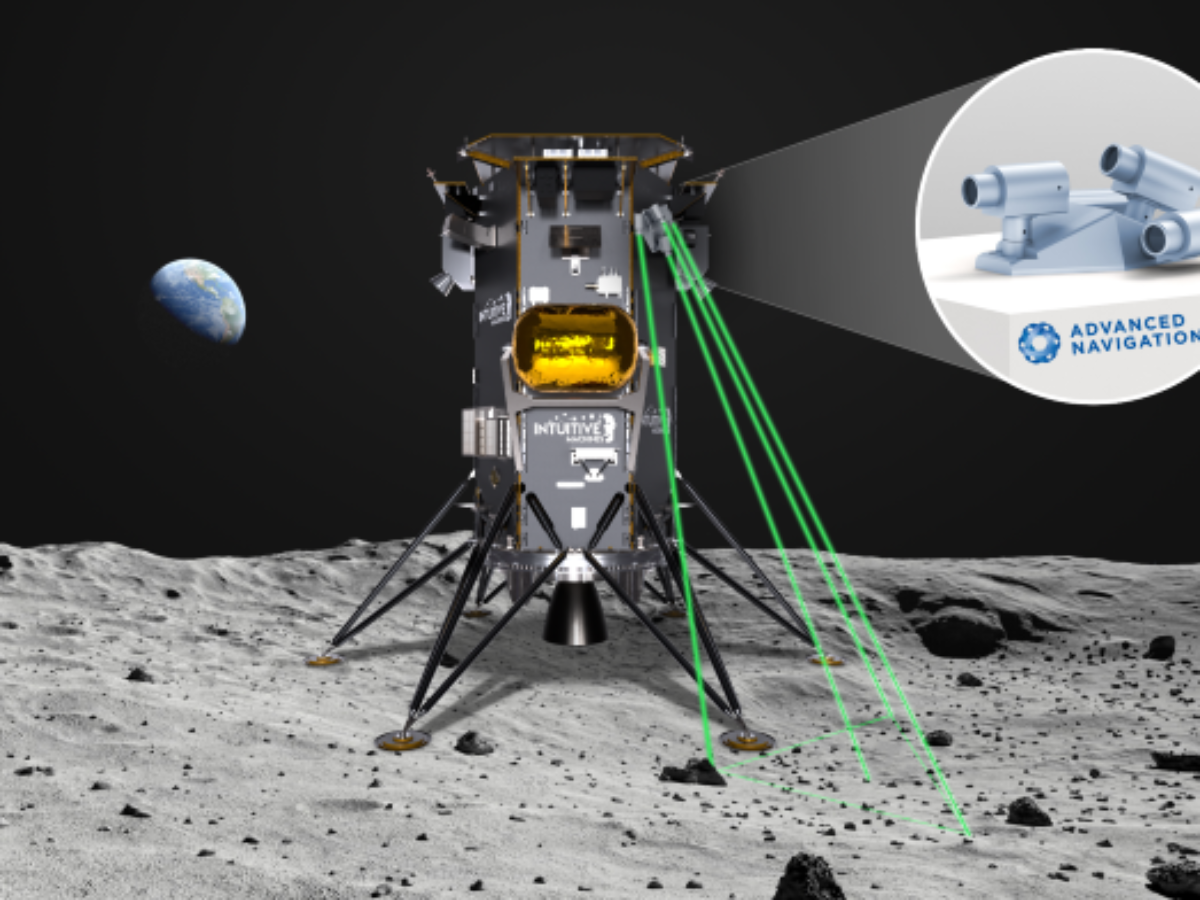
AI robotics, and navigation technology manufacturer Advanced Navigation today announced its ambition to be the first Australian company whose products operate on the Moon through its development of unique navigation systems.
CEO Xavier Orr said the company’s years of R&D had culminated in two systems that would deliver breakthroughs in performance, reliability, size, weight and power consumption.
Orr said: “The team is absolutely thrilled to see years of research in development progress into successful technology.
“We look forward to being the first Australian company to reach the Moon in 2024, this will be a huge milestone for us,”
Advanced Navigation has a history of innovation, working with quantum computing company Q-CTRL to develop space navigation for NASA, and with RMIT and ANU to create a fully digital fibre optic gyroscope (DFOG).
“Inertial and robust reference based navigation is a critical capability in space missions, where terrestrial navigation satellite systems, such as GPS are non-existent.
“Our lightweight technology is estimated to deliver $85 million in value for lunar missions, helping to deliver heavier payloads to further advance research, exploration and commercial developments on the Moon.”
Orr said the company’s systems enable positioning and accuracy that exceeds the best demonstrated products in the world today, while weighing far less and being more compact.
This frees up weight and space for commercial payloads such as satellites, research and test equipment, or personnel.
Advanced Navigation’s Boreas X90 is a strategic grade inertial navigation system (INS) that enables positioning and navigation capable of maintaining extreme precision without using relatively fixed references, such as stars, or requiring base station control telemetry.
Its light detection altimetry and velocimetry (LiDAV) system uses lasers to measure a significant number of parameters detailing a vehicle’s environment.
Most importantly it can indicate the vehicle’s velocity and position relative to the lunar surface in three dimensions with extreme accuracy and precision.
LiDAV will keep working when visual references are unavailable and cameras fail due to lack of light, and dust.
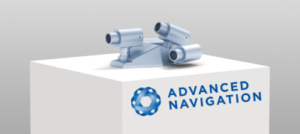
Pictures: Advanced Navigation
Subscribe to our free @AuManufacturing newsletter here.
Topics Defence Manufacturing News Technology
@aumanufacturing Sections
Analysis and Commentary Awards Defence Manufacturing News Podcast Technology Videos







